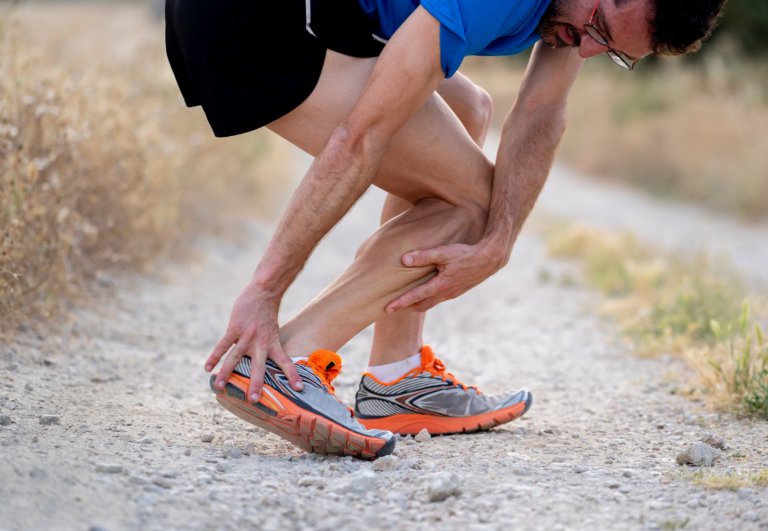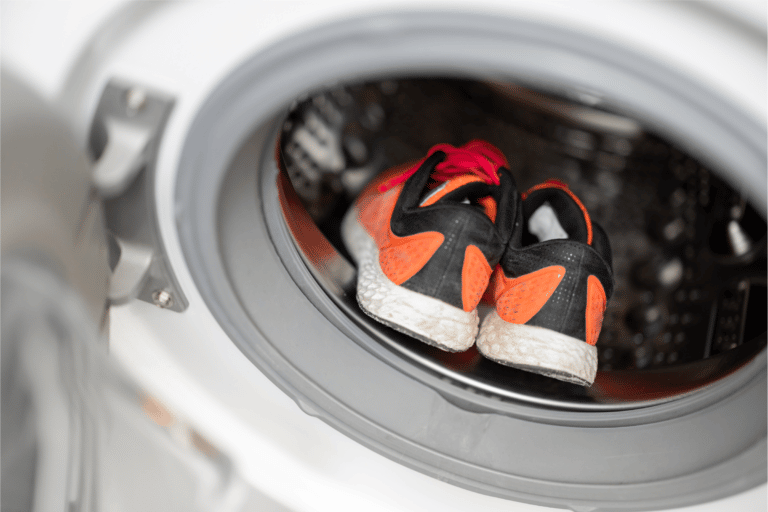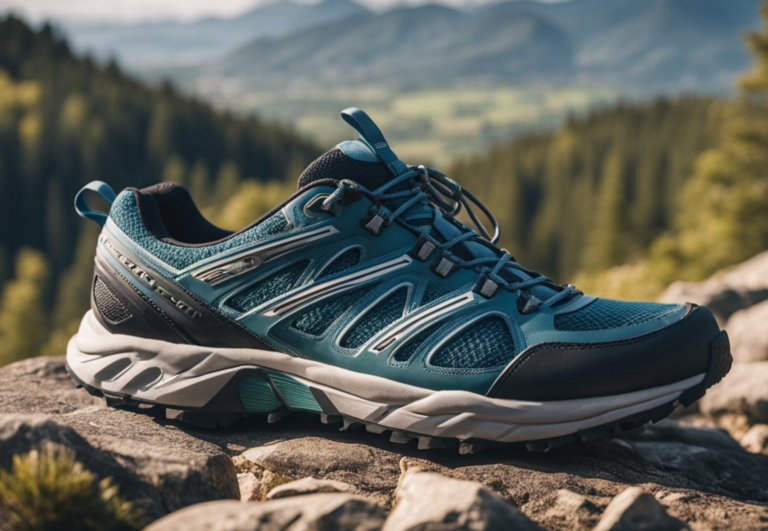Running Shoes Wearing Out on the Outside Heel? Why It Happens & Tips to Stop It!
When your running shoes start showing signs of wear on the outside heel, it’s an indication of your unique gait and how your foot interacts with the ground during a run. This specific wear pattern often suggests supination or underpronation, where the foot rolls outward, placing more pressure on the outer edge.
It’s essential to understand the causes of this outside heel wear, which can range from your running gait and the type of running shoes you use to the surfaces you run on and even the fit of your shoes. Addressing these factors by selecting the right footwear, possibly using orthotics, and adjusting your running form can help reduce the wear on the outside heel and improve your overall running experience.
Understanding Running Shoe Wear Patterns
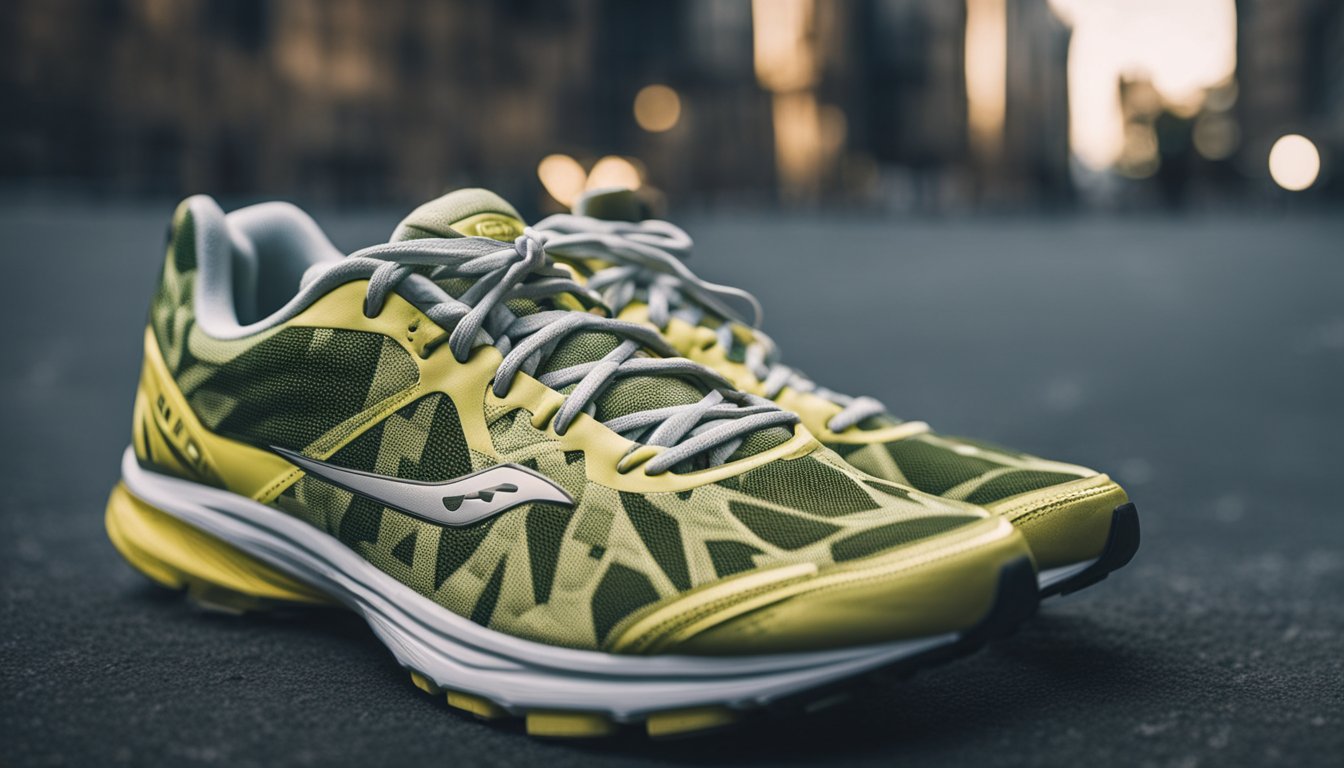
When you notice your running shoes wearing out, particularly on the outside heel or edge, it’s revealing important information about your gait, the way you walk or run. This wear pattern can indicate your pronation type, which is how your foot rolls when it hits the ground.
Neutral gait: If the wear is even across the heel, you likely have a neutral gait, where the foot lands on the outside heel and then rolls inward just slightly.
Supination or underpronation: Meanwhile, if the outside heel and the outer edge of your shoe have excessive wear, this generally signals supination or under pronation.
Your foot doesn’t roll inward enough, placing extra pressure on the outside edge.
| Pronation Type | Heel Wear Location | Potential Issues |
|---|---|---|
| Neutral Gait | Even across the heel | Fewer |
| Overpronation | Inside heel and big toe | Can lead to injuries |
| Underpronation (Supination) | Outside heel and outer edge | May cause strain |
Gait analysis can be very helpful to understand your shoe wear pattern and choose a shoe that fits your running style best. Running shops often provide this service.
Remember, your shoes are like a diary of your feet; they tell a story about how you move. Pay attention to the wear patterns, as they are key to selecting the right running shoes and avoiding injury.
Causes of Outside Heel Wear in Running Shoes
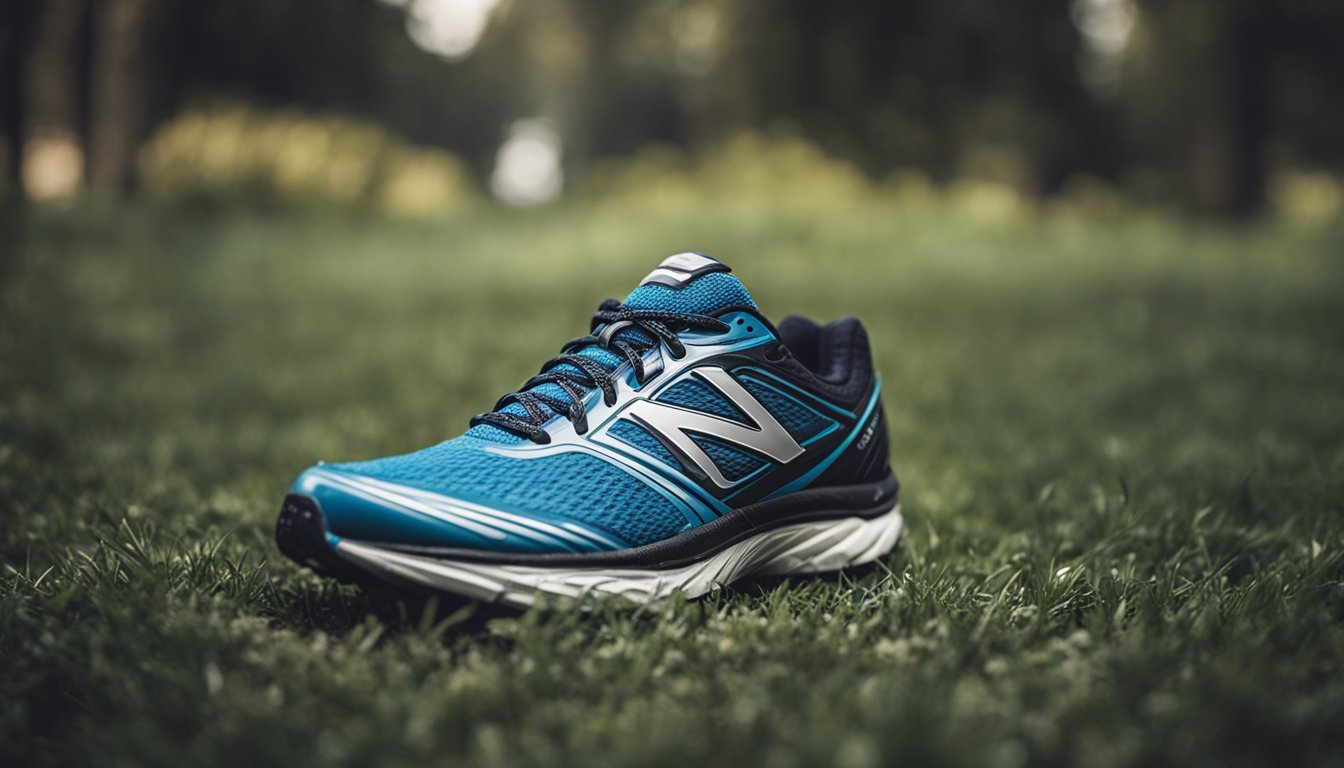
When you notice excessive wear on the outside heel or edge of your running shoes, it often points to specific patterns in your running form and the interaction between your shoes and the ground.
Supination
Supination, also known as underpronation, is when the foot rolls outward at the ankle, causing the outer edge of the foot to bear most of the weight. This can lead to excessive wear on the outer heel of the shoe. People with high arches or less flexible feet are more prone to supination.
Over time, this can cause pain and injury due to the uneven distribution of pressure.
Running Gait
Everyone has a unique running gait, which is the pattern of movement they use while running. A gait that includes supination can cause the outer heel to wear down more quickly.
It’s important to analyze your running gait, possibly with the help of a professional, to understand your specific wear patterns and address them.
Shoe Type
The design of your running shoes, including the level of stability and cushioning they provide, can influence wear patterns. Shoes that don’t properly support your running style or foot type can lead to increased wear on the outer heel.
It’s crucial to select shoes that match your needs to ensure even wear and reduce the risk of injury.
Running Surface
The surfaces you run on can impact shoe wear. Running on cambered roads or always on the same side of the road can cause more wear on the outer heel due to the angle of the surface.
It’s beneficial to vary running surfaces and be mindful of the camber to reduce uneven wear.
Age of Running Shoe
As running shoes age, their materials compress and wear down, leading to less effective cushioning and support. This can become visible in more pronounced wear patterns, including on the outer heel. Regularly replacing running shoes is key to maintaining proper support.
Improper Shoe Fit
Shoes that don’t fit correctly can cause your foot to slide or roll in unnatural ways. If shoes are too tight, they can constrict natural movement, and if they’re too loose, they may not provide adequate support, leading to outer heel wear. Ensuring a proper fit can help maintain an even gait and reduce wear on specific areas of the shoe.
Injury or Compensation
An injury can cause a runner to unconsciously adjust their stride to alleviate pain or discomfort, leading to compensatory movement patterns.
This altered stride can shift the pressure distribution across the foot, often resulting in increased wear on the outer heel as the body seeks to minimize stress on the injured area. Rehabilitation and awareness of such compensatory patterns are important to correct the gait and prevent further injury.
Weight Distribution for Heavy Runners
Heavier runners may exert more force on their shoes with each step, which can accentuate wear patterns. If a heavy runner also supinates, the combination of weight and movement pattern can lead to significant wear on the outside heel.
In such cases, it’s crucial to select shoes with adequate support and durability to handle the extra force and to consider gait analysis to address any issues that could be contributing to uneven wear.
How To Reduce Outside Heel Wear
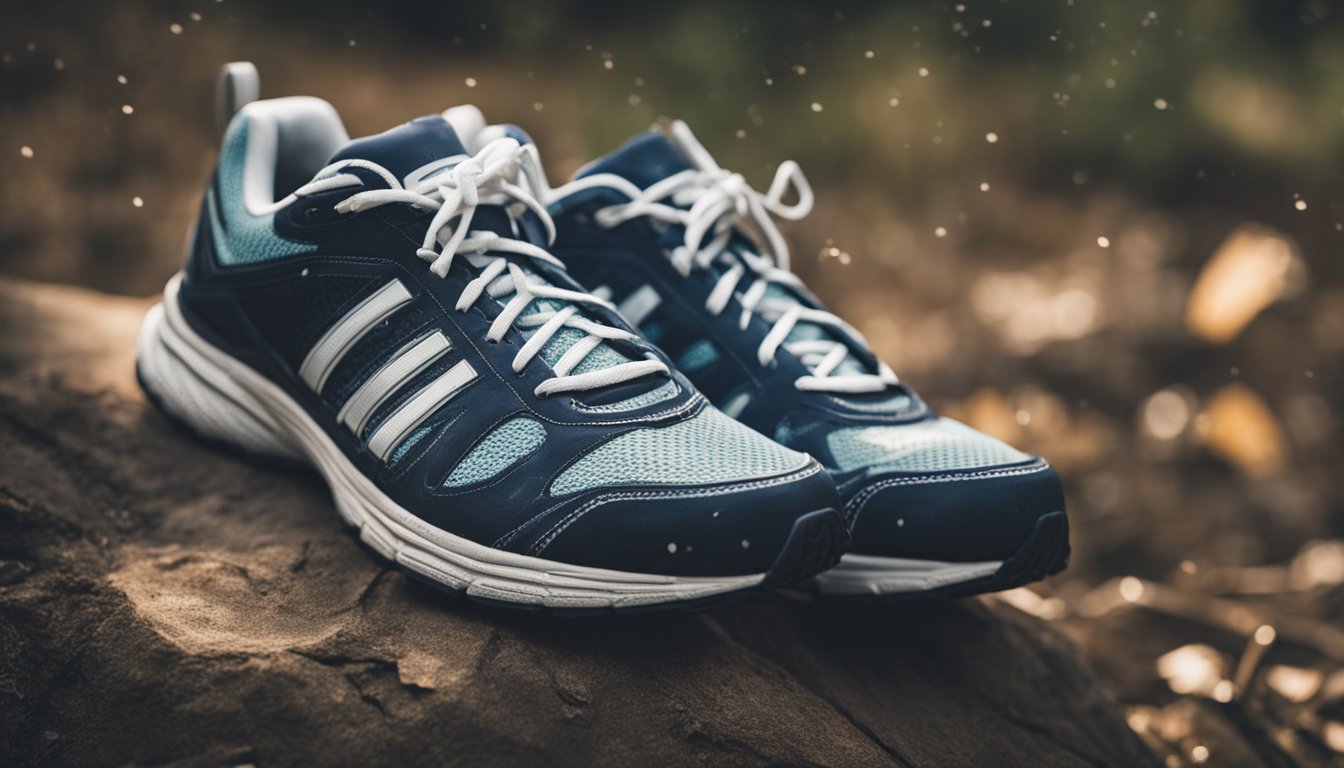
The outside of your running shoes often wears out due to the way your foot strikes the ground and pushes off. By adjusting your running form, utilizing proper footwear, and being mindful about shoe maintenance, you can mitigate this excessive wear and prolong the life of your shoes.
Adapting Running Form and Technique
Improving the way you run can decrease the wear on the outside heel of your shoes. Focus on a foot strike that distributes pressure more evenly across the foot. Avoid landing hard on the heels or the outer edges, as both can increase wear and injury risk.
Orthotics and Modified Footwear
Invest in orthotics or shoes with targeted cushioning to support areas prone to excessive wear. This added protection provides improved shock absorption, helping to preserve the outsole of your shoes.
Rotating Shoes
Rotating between multiple pairs of shoes can reduce wear patterns that develop over time. By giving your running shoes a break, you allow the cushioning to recover, maintaining the shoe’s structure and protection.
Technique Training
Engage in technique training to reinforce good habits, such as a balanced toe off, which minimizes stress on the outside edge of the shoe. Regular practice under guidance can significantly reduce outer heel wear.
Regular Shoe Replacement
Despite all efforts, running shoes will eventually wear down. Replace your shoes before holes develop, which can compromise cushioning and increase the risk of injury. Keep track of your mileage to know when it’s time for a new pair.
When To Seek Professional Assistance or Custom Solutions
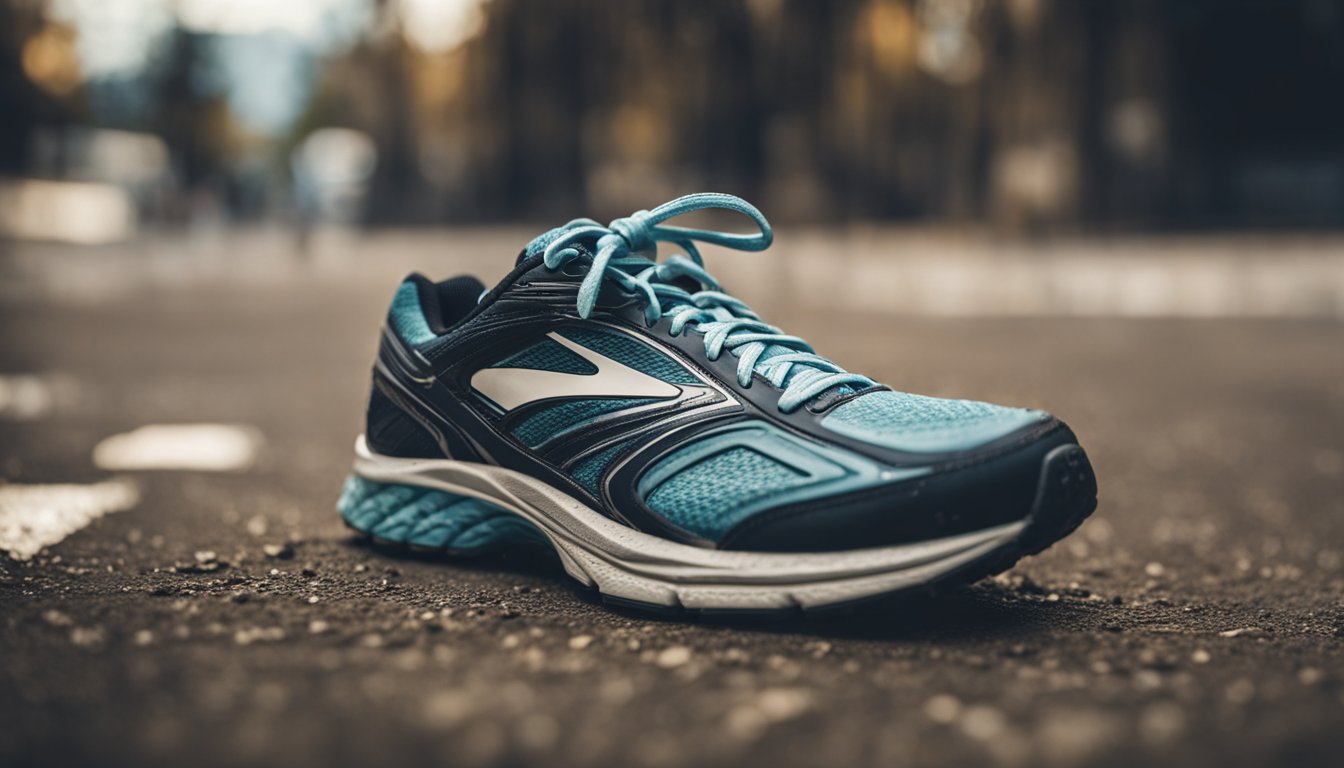
If you frequently notice your running shoes wearing out on the outside heel or edge, and it’s coupled with ankle pain or discomfort, it could be a sign that your gait may be contributing to injury risks. Let’s explore when it’s time to get expert advice or consider tailor-made solutions.
When to Consult a Podiatrist or Physical Therapist
You should consider visiting a podiatrist or physical therapist if you:
- Experience consistent ankle pain or discomfort while or after running.
- Have prior injuries that may affect your gait.
Gait analysis can identify if you pronate excessively when running. This involves the inward roll of the foot, which, if excessive, can lead to issues like plantar fasciitis. A specialist can assess your gait, the wear on your shoes, and recommend orthotics for added arch support and midfoot and ankle stability.
Surgical Interventions and Rehabilitation
While most cases don’t require surgery, there are certain situations when surgical interventions may be necessary:
- If there’s severe damage to the plantar fascia or other structures of the foot from aging or injuries, surgery might be suggested.
- Post-surgery, a structured rehabilitation program is essential to return to running.
Your rehabilitation plan may include specific exercises to improve support around the foot and ankle, and suggestions for appropriate running shoes to avoid further issues.

